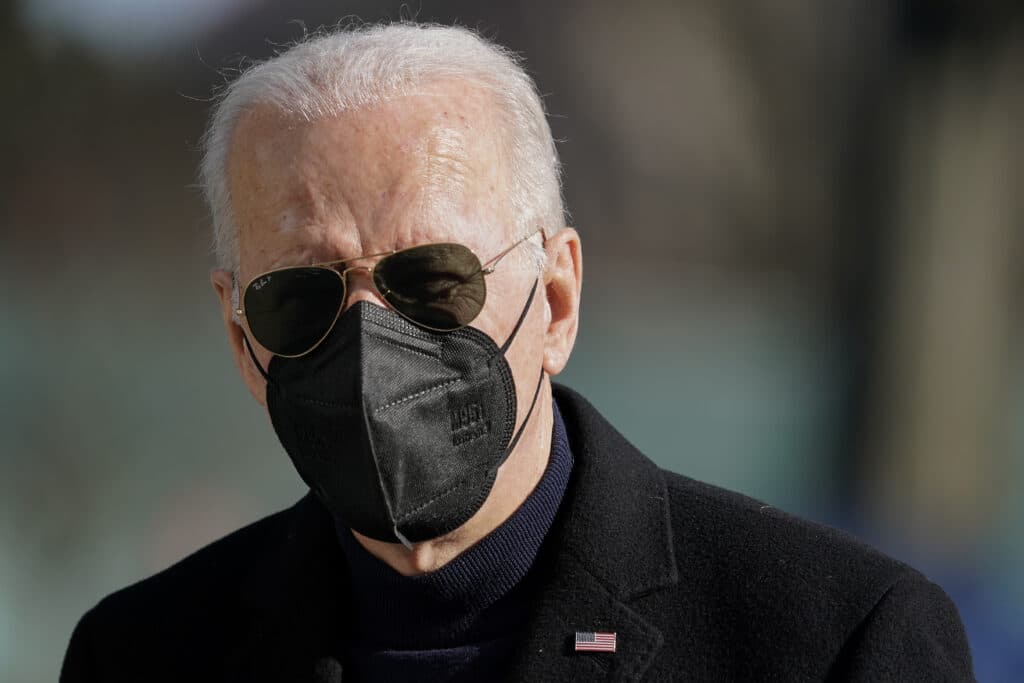This has been a cornerstone to something the Biden administration has wanted to do since November of 2020, and it couples nicely with the lack immigration policy that Joe Biden has promoted in the last year, because these are the only ways to definitely gain more Democratic voters. A drop in union membership is not because of people not liking unions, it has to do with unions being a money raising arm for the Democratic party, and not being there in support of membership. As reported by the AP:
The labor union report submitted to President Joe Biden included 70 distinct policy proposals, according to a release by the White House
A Biden administration task force on organized labor on Monday issued a set of recommendations that could make it easier for federal workers and contractors to unionize.

The report submitted to President Joe Biden included 70 distinct policy proposals, according to a release by the White House. Biden created the task force chaired by Vice President Kamala Harris, with Labor Secretary Marty Walsh as vice chair, through an executive order last April.
The report argues that a decades-long drop in union membership has coincided with a rising share of income going to the top 10% of earners. It further says that most Americans have a favorable impression of unions and would join one if given the option in a vote. Yet the Labor Department reported last month that only 10.3% of workers belonged to a union in 2021, down from 20.1% in 1983.
Many of the proposals to increase unionization are specific directions focused on the federal government as an employer. The Interior Department is among four agencies that will now let union organizers talk with employees on federal property, a rule that applies to private-sector employees on contract with the government.
The departments of Transportation and Commerce will set preferences and guidelines for federal grants to foster union jobs.
There will be a ban on federal contract dollars going to anti-union activities by the Defense, Health and Human Services and Labor departments as well as the Office of Management and Budget.
Other proposals include efforts to improve workers’ awareness of their rights and to enforce existing labor laws. The task force plans to submit a follow-up report in six months to describe how agencies are implementing the policies and to issue new recommendations.
By JOSH BOAK






